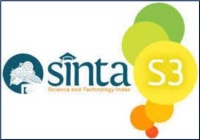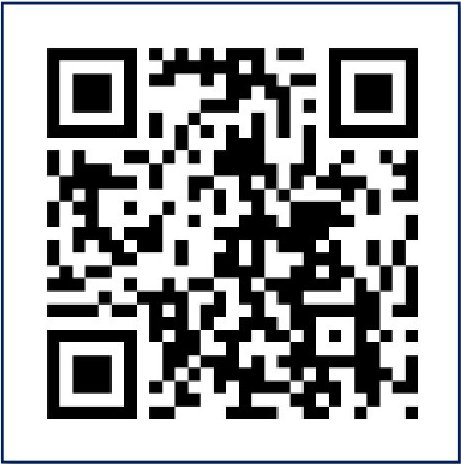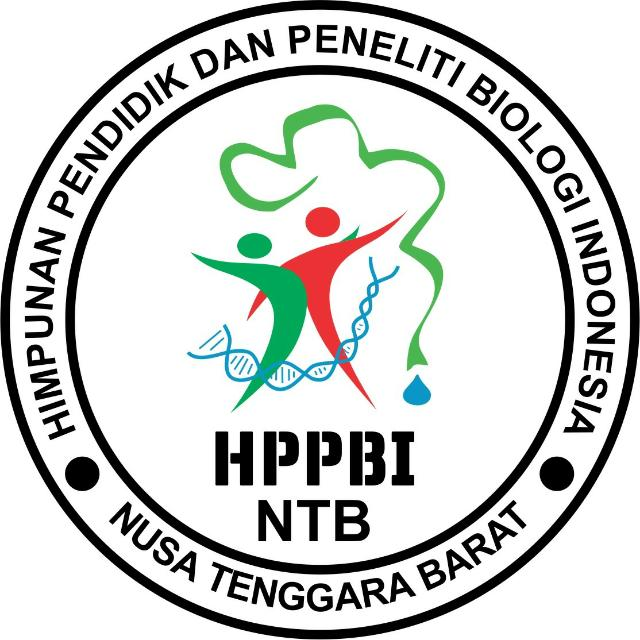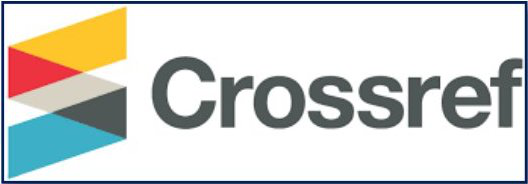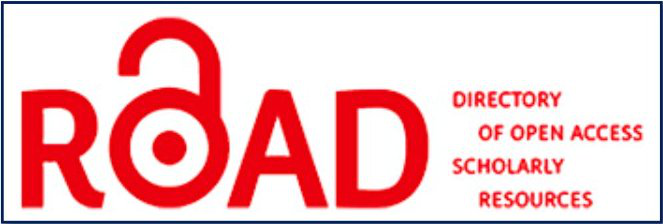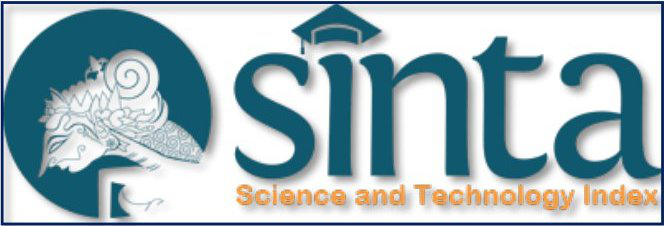Aktivitas Orangutan Tapanuli (Pongo tapanuliensis) Berdasarkan Pergerakan, Posisi Tubuh, dan Penggunaan Strata Hutan
Abstract
Keywords
Full Text:
PDFReferences
Galdikas, B. M. F. (1988). Orangutan diet, range, and activity at Tanjung Puting, Central Borneo. International Journal of Primatology, 9(1), 1–35.
Haryanto, R. P., Rinaldi, D., Arief, H., Soekmadi, R., Kuswanda, W., Noorchasanatun, F., Rahman, D. A., Kosmaryandi, N., Mijiarto, J., Yudiarti, Y., Hakim, F., Priantara, F. R. N., & Simangunsong, Y. D. (2019). Ekologi orangutan Tapanuli. Bogor: Kelompok Kerja Pengelolaan Lansekap Batang Toru Berkelanjutan.
Hidayat, H., Haba, J., & Siburian, R. (2011). Politik ekologi pengelolaan taman nasional era OTDA. Jakarta: LIPI Press & Yayasan Pustaka Obor Indonesia.
Khakim, M. F. R., van Schaik, C. P., Prasetyo, D., & Utami-Atmoko, S. S. (2016). Orangutan behavior and ecology in response to anthropogenic disturbance. In K. M. Riley & A. Fuentes (Eds.), Ethnoprimatology: Primate conservation in the 21st century (pp. 97–109). Springer.
Kurniawan, D., et al. (2015). Aktivitas harian orangutan Sumatera (Pongo abelii) di Taman Safari Indonesia, Cisarua, Bogor. Prosiding Seminar Nasional Swasembada Pangan Politeknik Negeri Lampung. [ISBN 978-602-70530].
Knott, C. D. (1998). Changes in orangutan caloric intake, energy balance, and ketones in response to fluctuating fruit availability. International Journal of Primatology.
Lameira, A. R., Santamaría-Bonfil, G., Galeone, D., Gamba, M., Hardus, M. E., Knott, C. D., Morrogh-Bernard, H., Nowak, M. G., Campbell-Smith, G., & Wich, S. A. (2022). Sociality predicts orangutan vocal phenotype. Nature Ecology & Evolution, 6(5), 644–652.
Lestari, R., Aulia, E., Ath-Thariq, P., & Husna, A. (2020). Penyusunan rancangan qanun pengelolaan satwa liar di Aceh. Jurnal Pengabdian Masyarakat: Darma Bakti Teuku Umar, 2(1).
Marshall, A. J., & Leighton, M. (2006). How does food availability limit the population density of white-bearded gibbons? In W. S. & F. B. (Eds.), Primate ecology and conservation (pp. 1–33).
Napier, J. R., & Napier, P. H. (1967). A handbook of living primates. London: Academic Press.
Noordwijk, M. A., & van Schaik, C. P. (2005). Development of ecological competence in Sumatran orangutans. Primates, 46(4), 253–264.
Rifanjani, S., Saputra, M. M., & Siahaan, S. (2022). Preferensi pakan orangutan (Pongo pygmaeus wurmbii) di Stasiun Penelitian Cabang Panti Taman Nasional Gunung Palung Kalimantan Barat. Jurnal Hutan Lestari, 10(1), 14–22.
Rijksen, H. D. (1978). A field study on Sumatran orangutans (Pongo abelii) [Doctoral dissertation, Agriculture University of Wageningen].
Russon, A. E., & Wallace, R. B. (2005). Orangutan nesting behavior in disturbed and primary forest sites in the Muarakaman-Sungai Wain region, East Kalimantan, Indonesia. International Journal of Primatology, 26(5), 979–1011.
Saputra, R. A., Pramono, S. A., & Almunawwaroh, M. (2023). Melestarikan lingkungan kita: Mempromosikan keberlanjutan, melestarikan sumber daya, melindungi satwa liar, dan mendukung inisiatif hijau di kawasan kaki gunung. Jurnal Pengabdian Ilmu Barat, 2(5).
Sianipar, H. F., Sijabat, A., Siahaan, T. M., Sinaga, C. V., Siahaan, M. M., & Harefa, N. (2021). Identifikasi tumbuhan penyusun sarang orangutan Tapanuli (Pongo tapanuliensis) di Batang Toru Tapanuli Utara. IOP Conference Series: Earth and Environmental Science, 886.
Singleton, I., van Schaik, C. P., & Orangutan Reintroduction Project, B. (2009). Orangutan home range size and its determinants in a Sumatran swamp forest. International Journal of Primatology, 30(3), 479–499. https://doi.org/10.1007/s10764-009-9356-1
Supriatna, J. (2018). Konservasi biodiversitas: Teori dan praktik di Indonesia. Jakarta: Yayasan Pustaka Obor Indonesia.
Sutekad, D., Miftahul, J., Lenni, F., & Fauziah. (2022). Daily behavioral research on Sumatran orangutan (Pongo abelii) mothers and offsprings at Suaq Balimbing Research Station, Gunung Leuser National Park, Aceh Province, Indonesia. Biodiversitas, 23(10).
Thorpe, S. K. S., Crompton, R. H., & Alexander, R. M. (2007). Origin of human bipedalism as an adaptation for locomotion on flexible branches. Science, 316(5829), 1328–1331.
Wich, S. A., & van Schaik, C. P. (2000). The impact of El Niño on mast fruiting in Sumatra and its effects on the abundance of fruits eaten by Sumatran orangutans (Pongo pygmaeus abelii). Journal of Tropical Ecology, 16(2), 183–207.
Wilson, H. B., Meijaard, E., Venter, O., Ancrenaz, M., & Possingham, H. P. (2014). Conservation strategies for orangutans: Reintroduction versus habitat preservation and the benefits of sustainably logged forest. PLOS ONE, 9(7), e102174.
DOI: https://doi.org/10.33394/bioscientist.v13i2.15325
Refbacks
- There are currently no refbacks.

This work is licensed under a Creative Commons Attribution-ShareAlike 4.0 International License.

Bioscientist : Jurnal Ilmiah Biologi is licensed under a Creative Commons Attribution-ShareAlike 4.0 International License
Editorial Address: Pemuda Street No. 59A, Catur Building Floor I, Mataram City, West Nusa Tenggara Province, Indonesia

